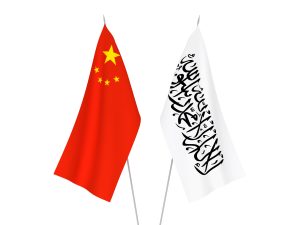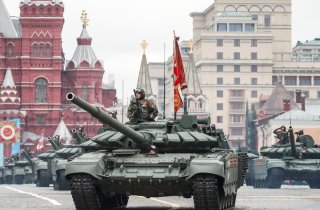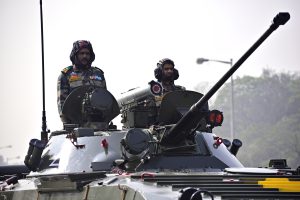Evan Jones

The economic, humanitarian, and social decline in Afghanistan since the fall of the country to the Taliban is well-documented. Since August 2021, cash liquidity challenges have affected large swathes of the population; numerous public services such as healthcare are on the precipice of collapse; and women’s and girls’ rights continue to be curtailed. As a result of the multitude of compounding challenges, millions of people have lost their livelihoods, and tens of millions more are facing various degrees of food insecurity. The situation for the people of Afghanistan remains one of the most pressing humanitarian situations globally.
While the conditions inside Afghanistan are indeed alarming, ongoing efforts must also be directed to address the situation for millions of Afghans in neighboring countries, primarily Iran and Pakistan. The number of registered Afghan refugees in these countries is estimated at nearly 2.1 million, with another 4 million undocumented Afghans living within their borders. To put this in perspective, the number of Afghans in these countries is greater than the entire population of Norway.

















